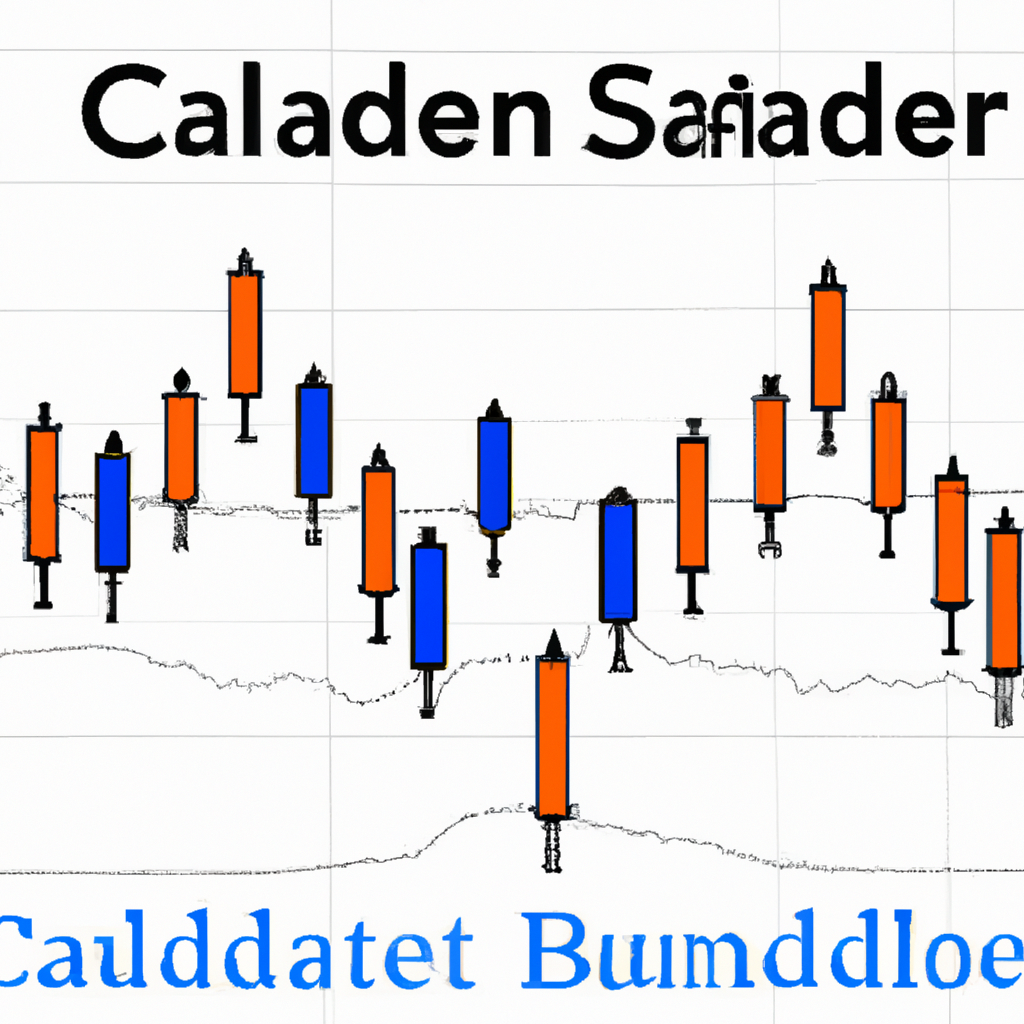Identifying RSI Divergence: A Powerful Tool for Traders
Introduction
The Relative Strength Index (RSI) is a popular technical indicator used by traders to identify potential trend reversals and overbought or oversold conditions in the market. However, one of the most powerful applications of the RSI is in identifying divergence. RSI divergence occurs when the price of an asset moves in the opposite direction of the RSI indicator, signaling a potential change in trend. In this article, we will explore how to identify RSI divergence and its significance in trading decisions.
Understanding RSI Divergence
RSI divergence refers to a situation where the price of an asset makes a higher high or lower low, but the RSI fails to confirm this move by making a lower high or higher low respectively. This discrepancy between price action and the RSI indicator suggests a weakening or changing trend, and can provide valuable insights for traders.
Types of RSI Divergence
There are two main types of RSI divergence: bullish and bearish.
Bullish Divergence
Bullish divergence occurs when the price of an asset makes a lower low, but the RSI indicator forms a higher low. This indicates that the selling pressure is weakening, and a potential bullish reversal may be on the horizon. It suggests that despite the downward price movement, the momentum is shifting in favor of the buyers.
Bearish Divergence
Conversely, bearish divergence occurs when the price of an asset makes a higher high, but the RSI indicator forms a lower high. This indicates that the buying pressure is weakening, and a potential bearish reversal may be imminent. It suggests that despite the upward price movement, the momentum is shifting in favor of the sellers.
Identifying RSI Divergence
Identifying RSI divergence involves a careful analysis of both price action and the RSI indicator. Here are the steps to identify RSI divergence:
Step 1: Analyze Price Action
First, analyze the price action on the chart to identify any significant highs or lows. Look for areas where the price has made a higher high or lower low.
Step 2: Check RSI Indicator
Next, check the RSI indicator to see if it confirms the price action. If the price has made a higher high, ensure that the RSI also forms a higher high. Conversely, if the price has made a lower low, the RSI should also form a lower low.
Step 3: Compare the Divergence
Compare the price action and the RSI indicator to determine if there is a divergence. If the price has made a higher high but the RSI forms a lower high, it indicates bearish divergence. On the other hand, if the price has made a lower low but the RSI forms a higher low, it indicates bullish divergence.
Significance of RSI Divergence
RSI divergence can provide traders with valuable insights into potential trend reversals. It serves as an early warning sign, indicating a weakening momentum and a possible change in direction. By identifying RSI divergence, traders can make more informed decisions on entry and exit points, and adjust their trading strategies accordingly.
Conclusion
RSI divergence is a powerful tool for traders to identify potential trend reversals and overbought or oversold conditions. By carefully analyzing price action and the RSI indicator, traders can spot bullish or bearish divergences and make informed trading decisions. Incorporating RSI divergence into your technical analysis arsenal can significantly enhance your trading strategies and increase your chances of success in the market.



